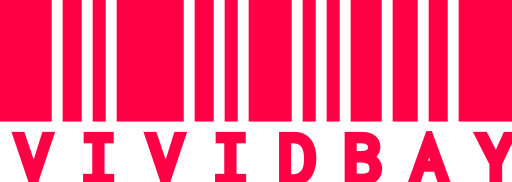OnePlus has recently launched its first foldable phone, the OnePlus Open, which offers a unique and impressive multitasking system called Open Canvas. Unlike other foldables that try to fit multiple apps on a single screen, Open Canvas lets you extend your apps beyond the display and switch between them with simple gestures. In this blog post, we’ll explain why Open Canvas is so innovative and what Apple and Samsung can learn from it.
Open Canvas: How it works
Open Canvas is based on the idea that your desktop extends beyond what your display shows. You can open up to three apps on the main inner display of the OnePlus Open, arranging them in a row or in a 2+1 over-under configuration. You can then decide whether you want to see all apps at once, or focus on just one at a time, which moves all but a sliver of the other app window off-screen.
This way, you can quickly jump between windows without interrupting what you’re doing in each app. For example, you can write an email while browsing the web and checking your calendar, or watch a video while chatting with your friends and taking notes. You can also save your app trio as a preset to your home screen for easy access.
To switch between apps, you can use gestures such as nudging, swiping and pulling. You can also drag with two fingers from the middle of the screen to begin multitasking. The UI will then allow you to select a second app. You can also use the taskbar to drag a third app. Additionally, you can expand an app with Fast-focus, and quickly switch to another app on demand.
Some apps also support floating windows, meaning you can hover a fourth app on top of your primary Open Canvas layout.
Open Canvas: Why it’s innovative
Open Canvas is innovative because it solves one of the main challenges of foldable phones: how to make the best use of the large screen without compromising usability. Most foldables default to cramming extra apps into smaller and smaller windows, making them harder to use correctly. Open Canvas skips this inconvenience by simply holding your app off to the side until you need it.
Open Canvas also gives you more flexibility and control over your multitasking experience. You can choose how much screen space each app gets, and how often you want to switch between them. You can also customize your app trio according to your needs and preferences. Open Canvas makes multitasking more natural and intuitive on a foldable phone.
Open Canvas: What Apple and Samsung can learn from it
Apple and Samsung are two of the biggest players in the foldable and tablet market, with their popular models such as the iPad and the Galaxy Fold series. However, neither of them has offered a multitasking system that can match Open Canvas in terms of innovation and functionality.
Apple’s approach to touchscreen multitasking (iPad OS)
Apple’s iPad enables you to split the screen between two apps or use a slide-over window for a third app. However, it may not be the most intuitive solution for a user who heavily multitasks. While switching between apps is generally smooth, the process may not be as convenient nor customizable (okay I’m being picky, it’s not that bad). Fortunately, some of the issues have been addressed with the introduction of Stage Manager, particularly for iPads equipped with an M-chip. Ultimately, the preference for iPad’s multitasking system varies among users.
Samsung’s approach to touchscreen multitasking (Galaxy Fold)
Samsung’s Galaxy Z Fold series uses a more robust multitasking system than Apple’s, which lets you run up to three apps simultaneously on the main display, or more if you include floating apps and Samsung Dex. You can also resize and reposition your apps as you like, and use features such as App Pair and Multi-Active Window to launch and manage your app trio. However, Samsung’s system still suffers from some drawbacks, such as compatibility issues with some apps and a cluttered interface.
Both Apple and Samsung could learn from OnePlus’s Open Canvas in terms of how to optimize their large screens for multitasking. They could adopt some of the features that make Open Canvas so innovative, such as extending apps beyond the display, using gestures to switch between apps, and saving app trio presets. They could also improve their user interface design and app compatibility to make multitasking more seamless and enjoyable on their large screens.
In summary
OnePlus has shown that it can compete with the big names in the foldable phone market with its OnePlus Open and its unique multitasking system called Open Canvas.
Open Canvas is innovative as it lets you extend your apps beyond the display and switch between them with simple gestures. It also gives you more flexibility and control over your multitasking experience. Open Canvas is something that Apple and Samsung can learn from as they try to improve their own large display devices.
Disclosure: Vividbay is a participant in the Amazon Associates Program. We may earn a commission from qualifying purchases.







